Here the top eight most watched and highly cherished nature documentaries, miniseries and short and long drama films, to kill your time this summer vacation, while you explore some of the mesmeric gifts of nature, both on land and under water.
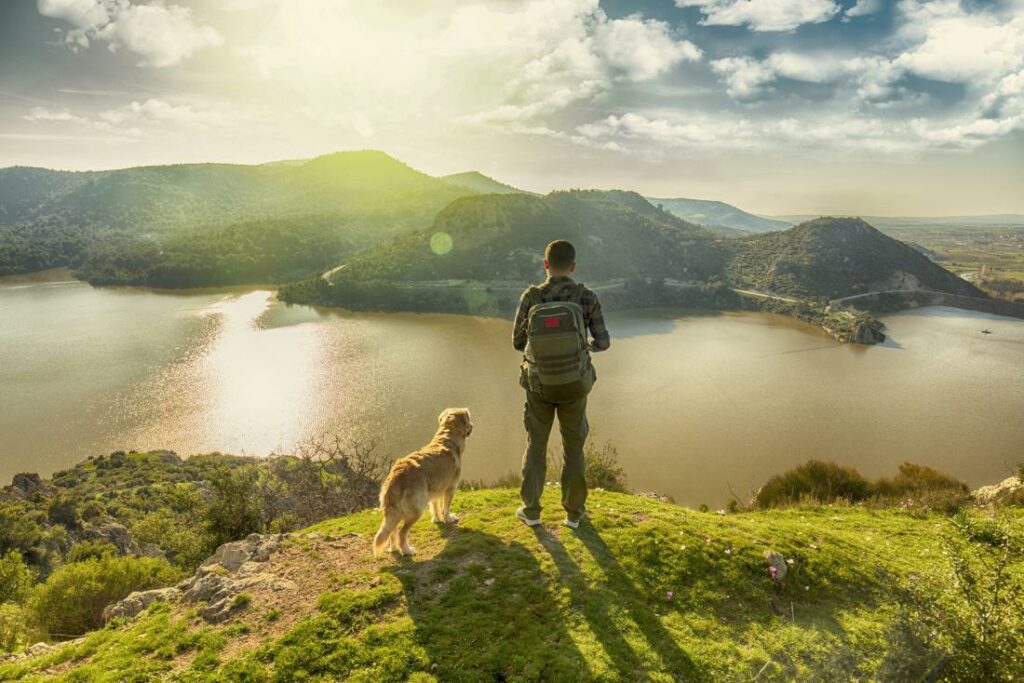
1. The Blue Planet
Follow up to the 2001’s award winning nature documentary, ‘The Blue Planet’ takes the viewers to the breathtaking underwater world, as they explore world’s vast oceans, marine habitat and all that water contains. Narrated and hosted by Sir David Attenborough, its hour-long episodes capture animals and other living organisms in their own persona, presenting viewers with a fascinating insight into what life is like at the bottom of the sea.
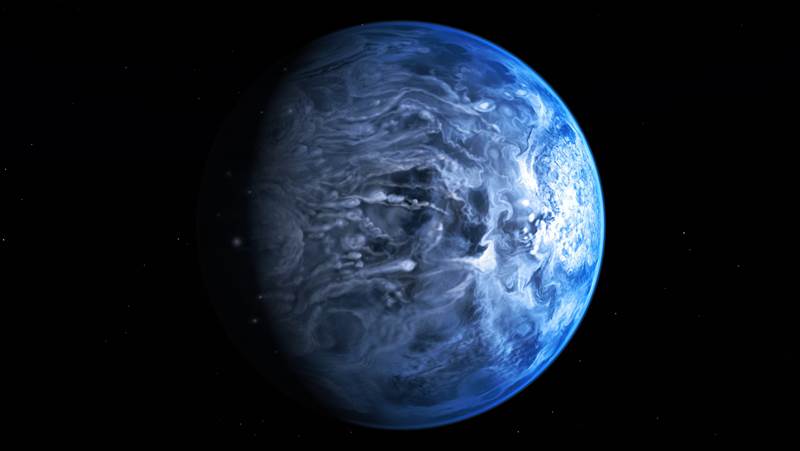
From tropical seas to the harsh conditions of the Arctic, the makers of “The Blue Planet” use modern filming equipment and techniques to shine a light on areas of the planet that humans have never seen before.
Till present, “The Blue Planet” lies among the topnotch nature documentaries ever produced.
2. Chasing Ice
Known to be one of the best nature documentaries of the year 2012, Chasing ice had won huge accolades and viewership owing to its dedication to the snowy milky ice surface.
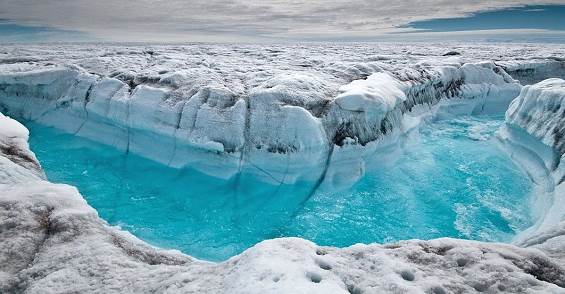
The nearly two hours long nature documentary follows environmental photographer James Balog, who heads to Greenland, Iceland and Alaska in order to capture images that will help to convey the effects of global warming. Balog was initially skeptical about climate change when the issue entered scientific discussion, but after his first trip north, he becomes convinced of the impact that humans have on the planet and becomes committed to bringing the story to the public.
Within months of the first trip to Iceland, Balog initiates The Extreme Ice Survey – an expedition to collect data on the seasonal changes of glaciers. Balog and his team deploy cameras that utilize time-lapse photography across various places in the Arctic to capture a multi-year record of the world’s glaciers.
The expedition starts off poorly as the team is plagued by numerous technical problems and camera malfunctions. Meanwhile, due to the extreme physical nature of the expeditions, Balog’s personal health suffers in the form of knee complications.
Moreover, after making improvements to the equipment, Balog and his team are finally able to collect time-lapse photos that depict the drastic erosion and disappearance of enormous, ancient glaciers.
3. Blackfish
2013’s American nature documentary film Blackfish acquires an unforgettable rank in the geographical television, with its peneterating storyline.
The documentary concerns the captivity of Tilikum, an orca involved in the deaths of three people, and the consequences of keeping orcas in captivity.[5] The coverage of Tilikum includes his capture in 1983 off the coast of Iceland and his purported harassment by fellow captive orcas at Sealand of the Pacific. Cowperthwaite argues these incidents contributed to the orca’s aggression.
The film includes a testimonial from Lori Marino, director of science with the Nonhuman Rights Project. Cowperthwaite also focuses on SeaWorld’s claims that lifespans of orcas in captivity are comparable to those in the wild,[6] typically 30 years for males and 50 years for females,[7] a claim the film argues is false.[8] Other people interviewed include former SeaWorld trainers, such as John Hargrove, who describe their experiences with Tilikum and other captive whales.
The documentary reports that the whales have experienced extreme stress when their offspring were captured in the wild and when separated after breeding at water parks. The film features footage of attacks on trainers by Tilikum and other captive whales as well as interviews with witnesses.
4. Chasing Coral
A Netflix nature documentary Chasing Coral, as the name suggests revolve around the sea creatures Coral Reefs, and how the aquatic species is nearing its end.
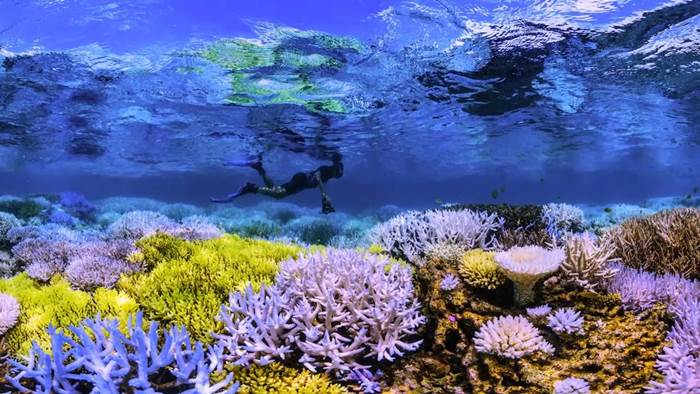
Coral reefs around the world are vanishing at an unprecedented rate. Hence, divers, photographers and scientists set out on an ocean adventure to discover why the reefs are disappearing and to reveal the underwater mystery to the world in 2017’s Chasing Coral.
Read More: Read More: Nicolas Cage Is A Truffle Hunter In The Latest ‘Pig’ Trailer
5. Flight of the Butterflies

2012’s one of the best and highest rated nature documentaries, Flight of the Butterflies moves ahead of the oceans and water habitat, and focuses totally on the colorful insect that nearly everyone adores.
In Flight of the Butterflies, Scientist Fred Urquhart (Gordon Pinsent) studies migration of the monarch butterfly for 40 years, and has some amazing facts to share with the audience.
6. The Ivory Game
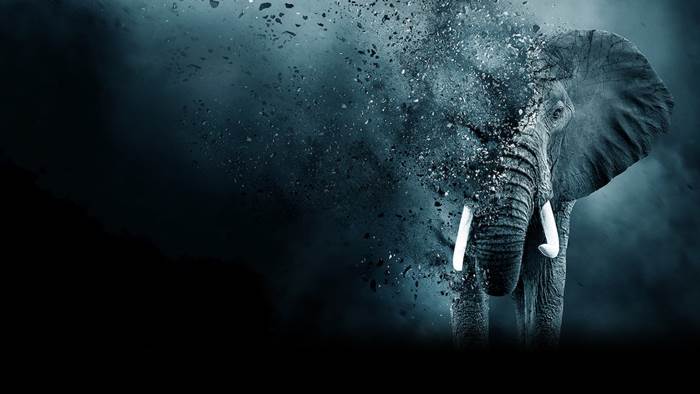
1 hour 52 minutes long Netflix documentary goes undercover to investigate the ivory trade, both illegal and legal, and brings to light the horrific practice of elephant tusk poaching. A call to action for activists and governments alike, The Ivory Game sheds light on and condemns the international ivory trade to prevent the imminent and violent extinction of elephants.
Moreover, since its release, some of the poachers seen in the film have been apprehended and sentenced to years in prison.
7. Virunga
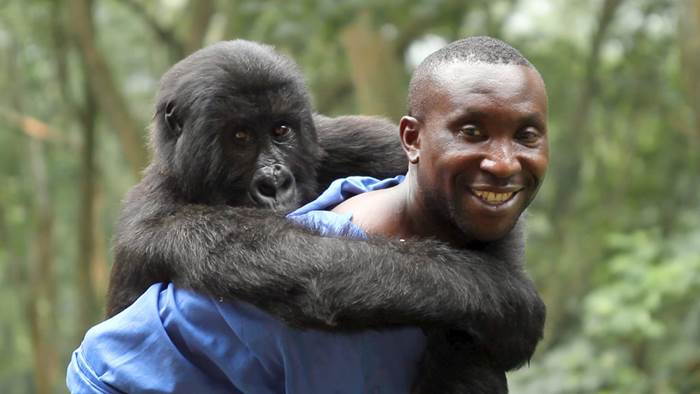
A team of brave individuals risk their lives to protect the last mountain gorillas in their 1 hour 45 minutes long Virunga.
8. Jane
This critically acclaimed National Geographic nature documentary drew from more than 100 hours of previously never-before-seen footage to give viewers an intimate portrait of one of the most famous and beloved conservationists of our time, Jane Goodall. For those familiar with Goodall’s work and current activism, Jane will be particularly fascinating, as it transports viewers back to the 1960s when Goodall was in her mid-20s and doing her earliest work observing chimpanzees. The film features a score from composer Philip Glass.
Read More: The Patrick Star Show First Look Revealed by Nickelodeon
Follow INCPAK on Facebook / Twitter / Instagram for updates.

















